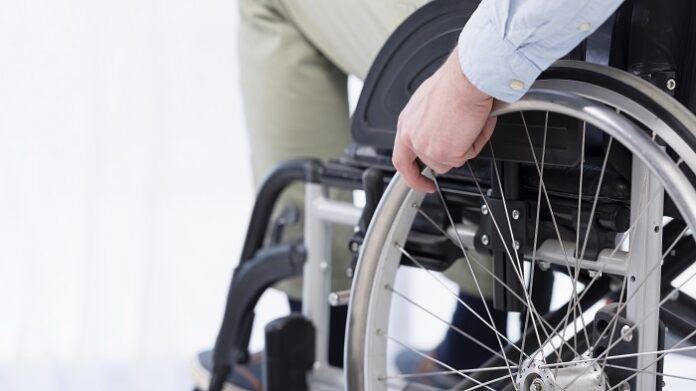In a groundbreaking clinical trial, a Japanese patient who had been paralyzed from the neck down for years has regained the ability to stand unaided. This revolutionary procedure, conducted in Japan, used reprogrammed stem cells to treat spinal cord injuries. The success of this treatment marks a significant milestone in regenerative medicine, offering hope to those suffering from paralysis. Although still in its early stages, this research paves the way for future stem cell therapies that could restore lost functions in paralysis patients.
The Clinical Trial: Restoring Movement with Neural Stem Cells
Led by stem-cell scientist Hideyuki Okano from Tokyo’s Keio University, the trial involved four patients with spinal cord injuries. Researchers injected neural stem cells into the damaged spinal areas, aiming to repair tissues and restore mobility.
One patient showed remarkable progress, standing on his own after the treatment. Another participant regained movement in both arms and legs. However, two patients did not experience significant improvements, raising questions about the treatment’s consistency and effectiveness.
How the Stem Cell Therapy Works
Stem cells are unique because they can develop into various types of cells, including nerve cells. Scientists in this trial reprogrammed ordinary body cells into induced pluripotent stem (iPS) cells. These iPS cells were then transformed into early-stage nerve cells and implanted into the patients’ injured spinal cord regions.
As reported by TOI, the process involved injecting two million stem cells into each patient between 2021 and 2023. Since the body’s immune system might reject transplanted cells, doctors administered immune-suppressing medication for six months. The goal was to encourage healthy nerve cell growth in the damaged spinal area.
Promising Yet Inconclusive Results
One year after the treatment, patients did not report significant side effects. However, only two showed clear improvement. One regained partial limb movement, while another stood unsupported for the first time in years and is now learning to walk. While the results are encouraging, larger studies are needed to confirm the effectiveness of this treatment.
Challenges and the Need for Further Research
Despite the optimism, researchers face challenges. A key issue is the survival rate of transplanted cells. Studies indicate that most injected stem cells die within hours of transplantation. However, Okano and his team believe that imaging tests suggest some cells survived and contributed to patient recovery.
Since the trial’s findings were only released in March and have yet to undergo peer review, experts urge caution. Some improvements seen in patients might be due to natural recovery rather than the stem cell treatment itself. More extensive trials are necessary to determine the therapy’s full potential and identify which patients may benefit most.
The Future of Stem Cell Therapy for Spinal Injuries
This trial represents a significant step toward using stem cells to treat paralysis. However, researchers must conduct larger studies to assess its long-term success. If future trials confirm the therapy’s effectiveness, it could revolutionize treatment for spinal cord injuries, giving patients renewed hope for regaining mobility.























